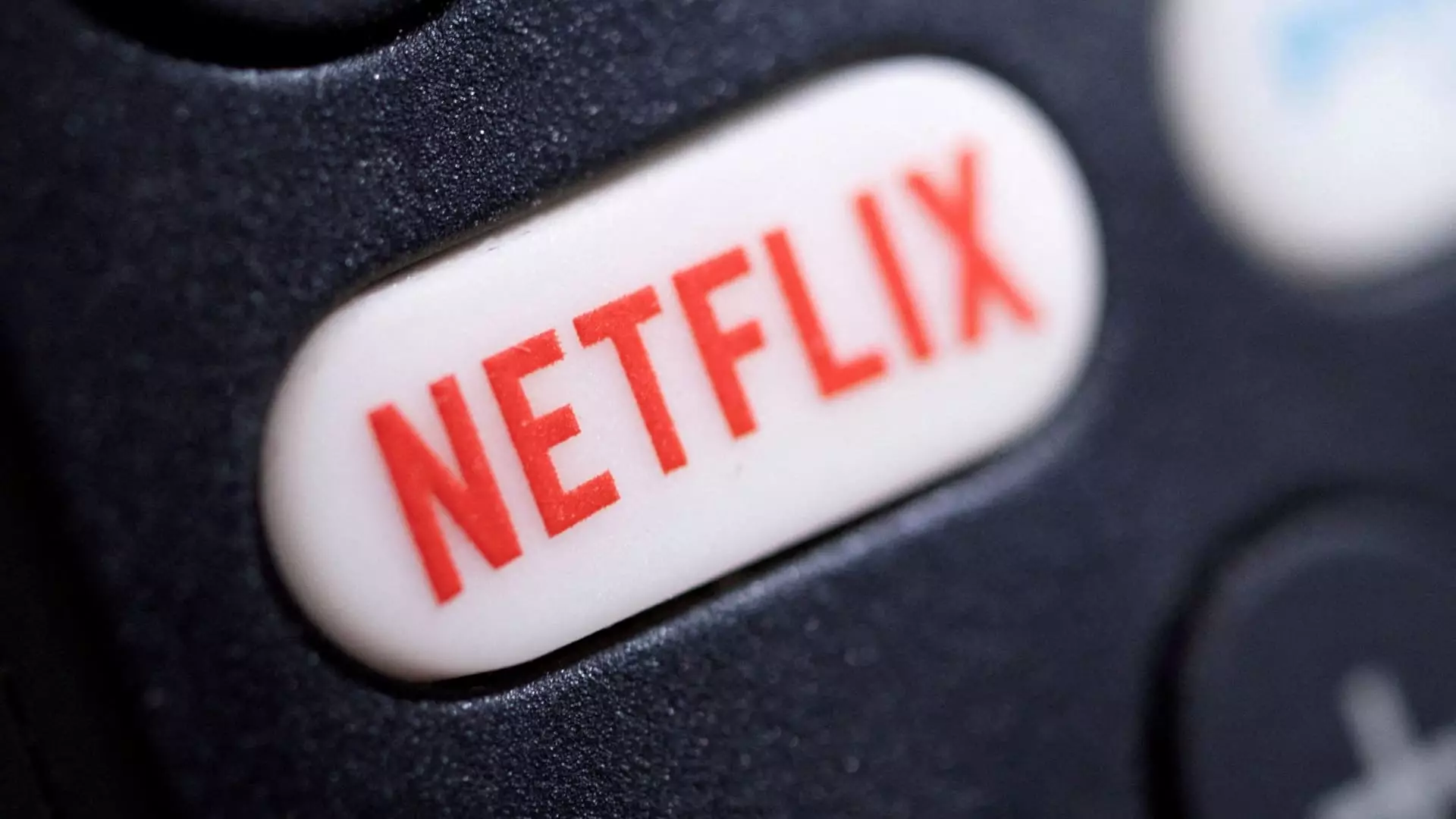In an era of financial turbulence, few things have proven more daunting than the unpredictability of stock market movements. The last week exemplified this reality, as investors navigated a landscape riddled with uncertainty, largely influenced by the charged climate surrounding President Donald Trump’s trade policies. The stock market, having opened the week with considerable losses, showcased a classic case of rallying after the storm. Yet, underneath the surface gains, the persistent threat of volatility looms over many stocks, hinting at potential pullbacks just around the corner.
It begs the question: should investors be elated by weekly victories, or should they steel themselves against the possibility of looming corrective measures? The week’s closing statistics paint a picture of triumph, with the S&P 500 rising over 4%, the Nasdaq Composite skyrocketing nearly 7%, and the Dow Jones Industrial Average gaining more than 2%. Yet, as seasoned investors know all too well, numbers can be misleading.
Navigating Earnings Expectations: A Double-Edged Sword
With a slew of earnings reports from major tech enterprises on the horizon, the market finds itself at a precarious juncture. A solid performance from these tech giants could bolster the market, further inflating already burgeoning stock prices. However, if results falter, the repercussions could be severe, leading to swift sell-offs.
Take Alphabet as an emblematic example. After posting impressive earnings, the tech titan injected a shot of optimism into the market, resulting in a boost for its shares. But this pulse of positivity, while encouraging, is tantamount to walking a tightrope. Overreliance on such quarterly results can blur investors’ vision, leading to overvaluation and an inevitable crash if the bullish sentiment turns sour.
The Overbought Stocks: A Critical Look
Investors have been eyeing a host of stocks reportedly overbought, with Relative Strength Index (RSI) scores above the 70-mark. One standout in this realm is VeriSign, which has seen substantial appreciation in share prices recently. While its earnings exceeded projections, the steep rise also uncovers a glaring truth: the stock is showing signs of being overextended, with an RSI of 70.45 suggesting that a correction could be imminent. The $253 average price target formulated by LSEG implies a dangerous 7% downside from its latest closing price. The enthusiasm surrounding dividends and all-time highs can easily blur the rigorous eyes of caution.
Netflix, another darling of Wall Street, is similarly dancing on the edge of an overbought situation with an RSI of 72.18. While a record-breaking rise in revenue bolstered its status, it raises a critical concern about sustainability. With a year-to-date gain exceeding 23%, it’s essential to question the long-term value that justifies such a steep price tag, especially under the looming concerns of macroeconomic instability.
Underperformers: Health Sector’s Struggles
Conversely, the health sector presents an alarming contrast as notable stocks like Bristol Myers Squibb and UnitedHealth Group limp into the week with disappointing performance. Recording RSIs of 24.41 and 28.87 respectively, these companies are firmly entrenched in oversold territory. What underlies this behavior? A combination of external market pressures and internal misfortunes seems to be the driving force, particularly for UnitedHealth following its disappointing guidance amid rising medical costs.
Bristol Myers, on the other hand, managed to communicate a positive earnings outlook while still struggling in a harsh market environment. The reality is stark: while Wall Street may cheer high-flying tech stocks, the reality of market dynamics demonstrates that stability is often overshadowed by volatility. The price target of $56 for Bristol Myers suggests a potential rebound, yet investors must proceed with caution and tempered optimism.
The Center-Right Investor Mindset: Pragmatically Cautious
As an advocate of center-right wing liberalism in investment philosophy, I contend that while bullish sentiment can be enticing, prudent investors must recognize red flags. The juxtaposition of soaring high-tech stocks against the backdrop of struggling health stocks epitomizes the necessity of balance in investment strategy. It’s a reminder that radical enthusiasm should be moderated with reasoned analysis, maintaining a keen eye on fundamentals rather than mere surface numbers.
Investor sentiment can skew perceptions, and in the current climate, the risks seem to multiply with every uptick in stock prices. The allure of tech giants captures the imagination, yet the broader market indicators suggest a need for introspection. Caution is warranted, and ensuring a diversified portfolio rooted in analytics rather than hype could spell the difference between financial downfall and sustainable success amidst chaotic seas.

